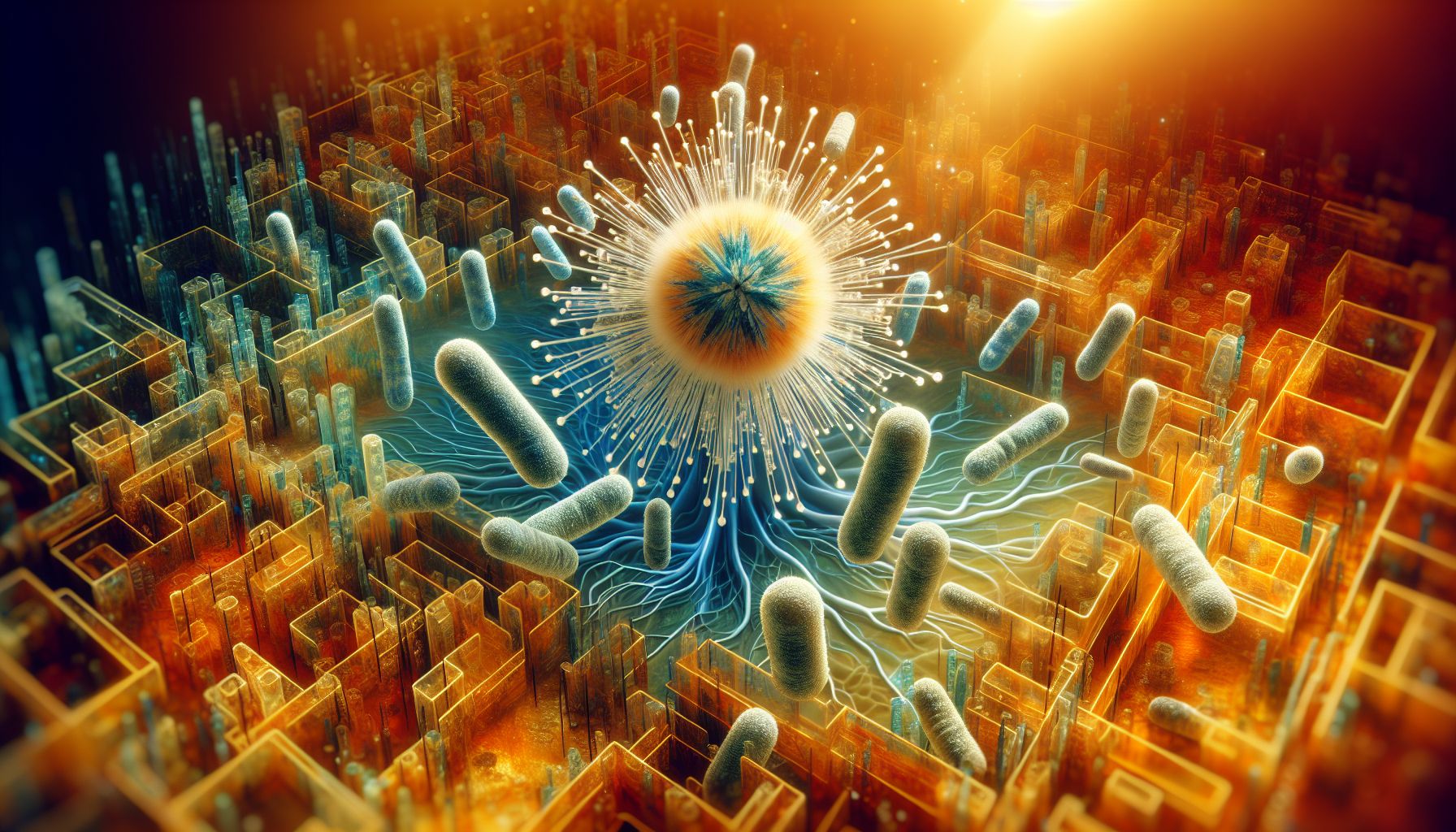Innovative Bacteria Offers New Path to Clean Energy

Netherlands, Tuesday, 6 May 2025.
Dutch researchers discovered bacteria that generate electricity through extracellular respiration, providing a promising renewable energy source that could revolutionize clean tech and reduce fossil fuel dependency.
Groundbreaking Research at Rice University
A significant breakthrough in bacterial electricity generation has emerged from Rice University, where a team led by Professor Caroline Ajo-Franklin and doctoral student Biki Bapi Kundu has unveiled the mechanics behind bacterial electrical production. The research, published in Cell on May 5, 2025, demonstrates how certain bacteria can ‘breathe’ by generating electricity, utilizing naturally occurring compounds called naphthoquinones to transfer electrons to external surfaces [1][2].
Revolutionary Mechanism
The bacteria employ a fascinating survival strategy, particularly effective in oxygen-deprived environments. Through laboratory simulations and tests conducted in collaboration with the University of California San Diego, researchers confirmed that these microorganisms can sustain themselves by discharging electrons through conductive materials [3]. This process mirrors the natural photosynthesis in plants, but with electricity generation as the primary output rather than oxygen [4].
Practical Applications and Future Potential
The implications of this discovery extend far beyond the laboratory. According to Professor Ajo-Franklin, the technology shows promise for various applications, including wastewater treatment, biomanufacturing, and carbon dioxide conversion [5]. The bacteria could potentially power bioelectric sensors, medical tools, and even life support systems in space environments where traditional power sources face limitations [4]. This development represents a significant step forward in sustainable technology, offering a biological solution to contemporary energy challenges [2][3].
Path to Implementation
While the research demonstrates remarkable potential, further development is needed to harness this bacterial capability effectively. The technology could revolutionize industrial biotechnology and clean energy generation by managing electron imbalances in various systems [1]. Scientists are particularly optimistic about its application in carbon dioxide conversion, where these bacteria could function similarly to plants in photosynthesis, but powered by renewable electricity instead of sunlight [2][4].

